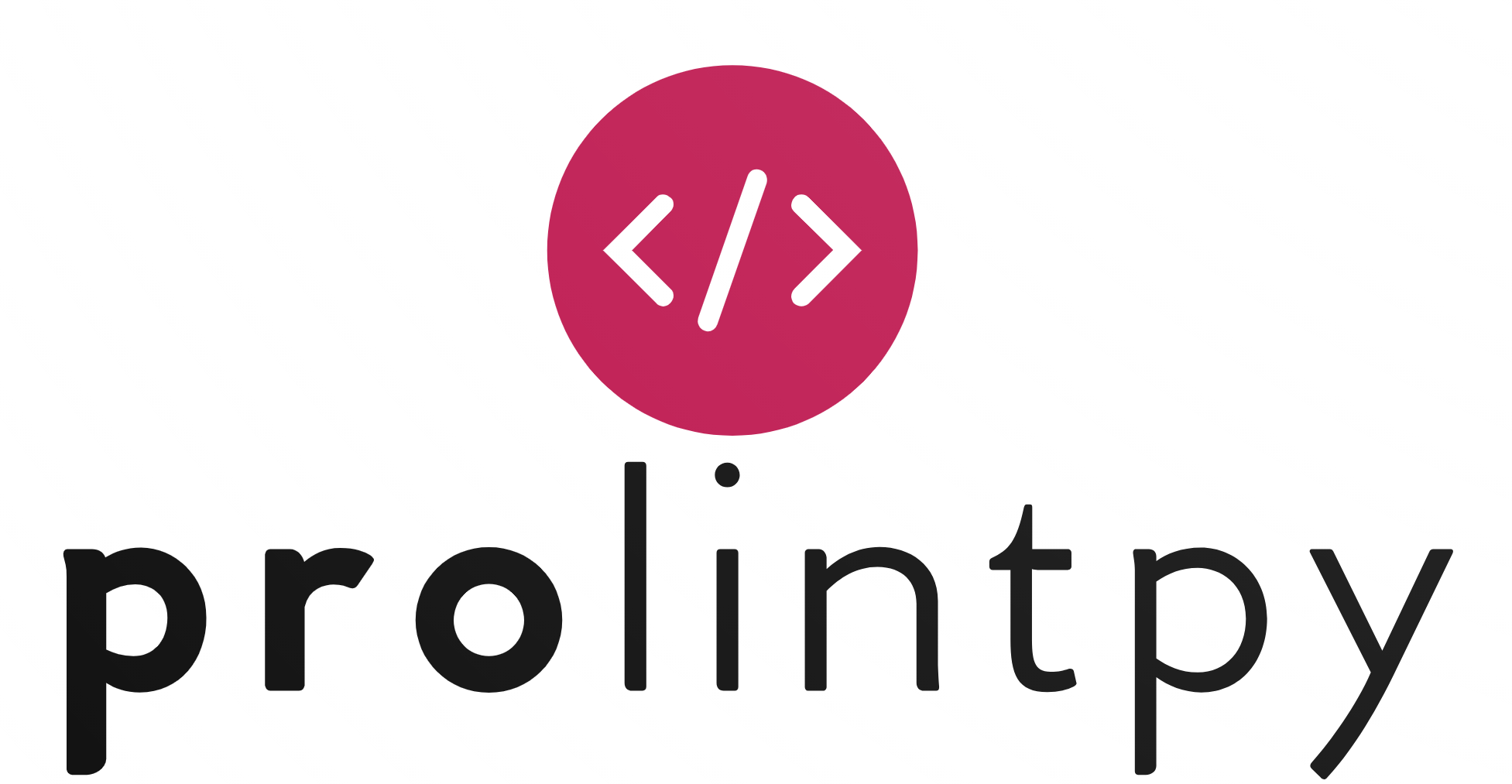Automated analyis and visualization of lipid-protein interactions.
Project description
A python package for the automated analysis and visualization of lipid-protein interactions.
prolintpy is a lightweight python library that is used by the ProLint webserver on the backend to analyze Protein-Lipid interactions.. Use this tool if you want to customize analysis and visualization of lipid-protein interactions and want to scale-up your workflow beyond the capabilities of the ProLint webserver.
To get familiar with prolintpy please read the Documentation. You can also launch the binders:

Installation
To install prolintpy simply execute:
# Python v3.6 or v3.7 supported. Python v3.8 may not work.
python -m pip install prolintpy
This should work on most systems. If you encounter problems during installation, use one of the more verbose methods below:
# Method 1
git clone https://github.com/ProLint/prolintpy.git
cd prolintpy
conda env create -f environment.yml
conda activate prolint
# Method 2
git clone https://github.com/ProLint/prolintpy.git
cd prolintpy
python setup.py install
# Method 3 (if MDTraj causes problems)
conda create --name prolint python=3.7
conda activate prolint
conda install -c conda-forge mdtraj
python -m pip install prolintpy
Getting Started
To import prolintpy in your code:
# To improve performance of visualization apps, we load everything at once
# so initial import may take a few seconds to finish.
import prolintpy as pl
Please follow the instructions provided in the documentation to get started. Note that, to use the visualization interface of prolintpy,
you should use JupyterLab. At the top of your notebook file, make sure to call the output_notebook function:
from bokeh.io import output_notebook
output_notebook()
Additionally, if you want to use the show_contact_projection function, make sure that your installation of nglview is working properly.
Follow the instruction provided there to ensure your installation is running correclty.
Input file requirements
Before you load the data to prolintpy make sure to first remove water & ions beads. Leave only membrane and protein beads in the system.
Citation
prolintpy is research software. If you make use of it in work which you publish, please cite it. The BibTeX reference is
@article{10.1093/nar/gkab409,
author = {Sejdiu, Besian I and Tieleman, D Peter},
title = "{ProLint: a web-based framework for the automated data analysis and visualization of lipid–protein interactions}",
journal = {Nucleic Acids Research},
year = {2021},
month = {05},
issn = {0305-1048},
doi = {10.1093/nar/gkab409},
url = {https://doi.org/10.1093/nar/gkab409},
note = {gkab409},
eprint = {https://academic.oup.com/nar/advance-article-pdf/doi/10.1093/nar/gkab409/38270894/gkab409.pdf},
}
Project details
Download files
Download the file for your platform. If you're not sure which to choose, learn more about installing packages.
Source Distribution
Built Distribution
Hashes for prolintpy-0.9.7-py3-none-any.whl
| Algorithm | Hash digest | |
|---|---|---|
| SHA256 | 7381a6c3a3725499572a3af559122f0d0817c8223c74101ea6404926cc206395 |
|
| MD5 | ab848888a2f81a4b250b718b6b25f518 |
|
| BLAKE2b-256 | 2997cd4c49d42b934ae711bdeceda61bd50f5503252dca08ea22fa8a9b058166 |















